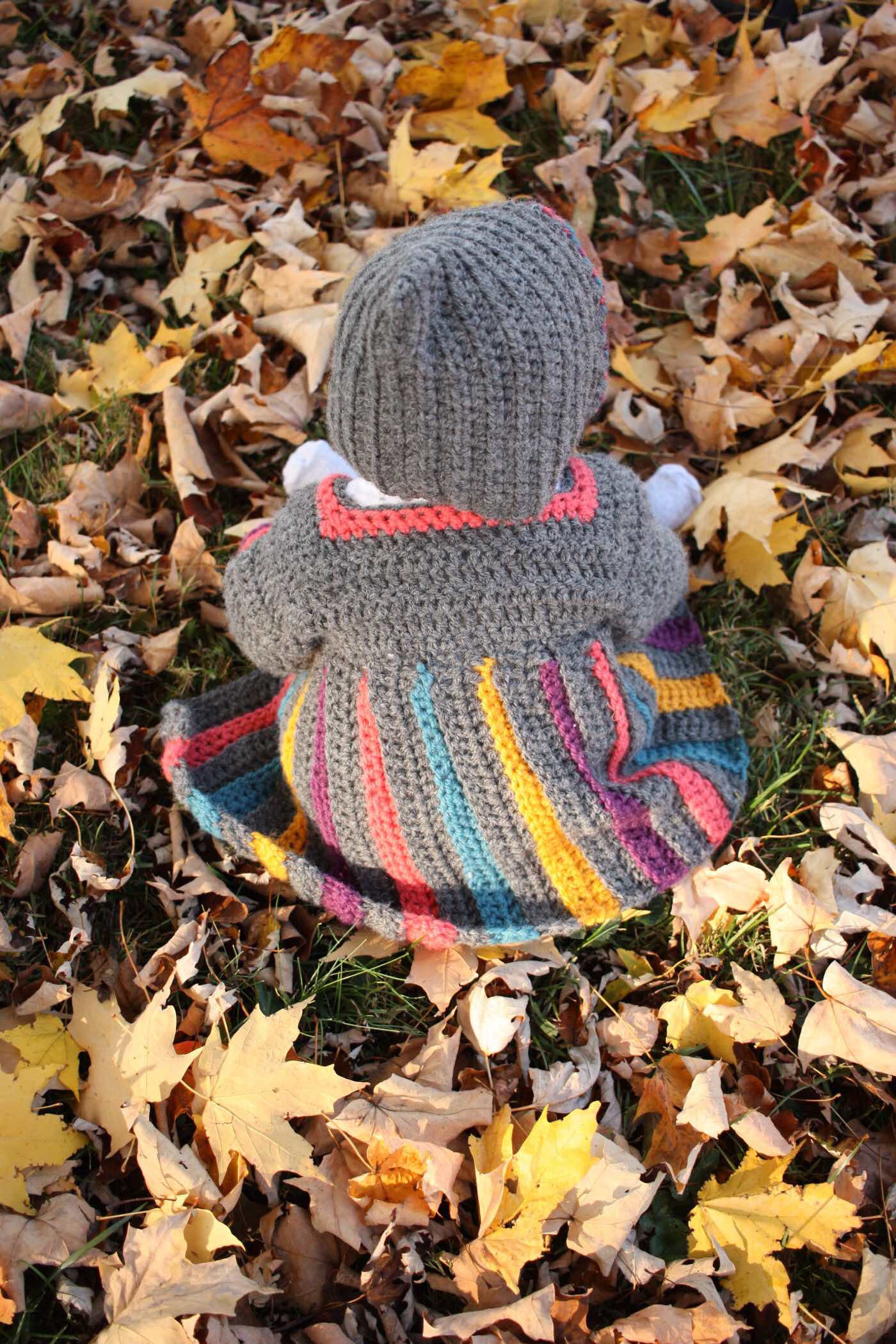Ugh.

After coming off my high from tidying and basically emptying my closet, this category was not so magical. I didn’t uncover new empty areas of my home or feel a great weight lifted from my shoulders. But it’s done and I think I have a few thoughts and tips to help anyone else out there trying to tidy up their home with little kids in tow.
First off, the KonMari method says that you should only tidy your own things. If you live with other family members you have to let them decide for themselves what sparks joy, and you can’t very well force someone to think about that. This is why I am basically ignoring my husband’s office. But I consider tiny children to be an exception to that rule. After all, the person who is most often dealing with their stuff is me. So I think that means I get to decide what to do with it.
Second, the KonMari method doesn’t really address the issue of practicality or future planning or little people who basically need a new wardrobe every season because they grow and change so fast. Going through their clothes and asking what sparks joy sounds like an awful lot of work for clothes that are all going to be outgrown in a few months anyway. So here’s how I addressed the whole issue of kid’s clothes.
Ask “What can he/she wear now.
These are the only things you need to have out taking up space in your drawers. I found many things sitting in drawers and closets that were either too small or too big. These things need to find another home.
Use the KonMari folding method as much as possible.
The KonMari folding method really does save space and make it easier to see the clothes you have to choose from. But kid’s clothes can be tiny and are not always worth folding into rectangles. So fold the shirts and pants and PJs. But skip the underwear and socks. It’s impossible.


Have a plan for what to do with outgrown clothes.
This is a the kicker that can really trip people up when it comes to kid’s clothes. Your plan could be to just load them up and take them to a thrift store because you know you are done. If you know you won’t be having future kiddos and are feeling particularly sentimental about certain items I recommend putting them aside in a box or bin to deal with when you get to the sentimental items category. Right now is just about clearing the clutter, not necessarily going through a whirlwind of emotions. Just make sure you don’t feel sentimental about everything.
Another good plan could be to hand down clothes to a family member or friend. While Mari Kondo advises against passing your belongings on to another person only to clutter up their life, I think kid’s clothes are a good exception. Hand-me-downs are legitimately useful to many people. As you’re preparing clothes for handing off, it would be kind to sort according to size, gender, and possibly season if you have that many items. It’s time consuming, but your friends will thank you. This is a good time to discard anything that has really seen better days. If there are items with impossible to remove stains, tears, or are otherwise not in immediately wearable condition, just toss them. Nobody wants hand me downs that they have to spend a lot of time trying to fix.
And another plan could be to keep them for future use. If this is your plan you definitely want to make sure you have good storage containers and a place to keep said storage containers. This is what has caused me problems in the past. I may have known I needed to clear out a bunch of outgrown clothes, but I had no boxes to put them in. When that happens you either end up with overcrowded drawers or piles of kid’s clothes in other areas of your house. To remedy this I bought several extra of the type of container I like to use so I will have one readily available the next time one of my kids grows a size. Sorting by size and gender again is a given. Be kind to your future self.
Our plan for outgrown clothes is actually a combination of the last two. We figure we may have another kid eventually, but in the meantime, a family member who is expecting a baby soon is taking the bins of the sizes she needs right now. When her kid outgrows them, she’ll pass them back to us.
These boxes of outgrown clothes may not spark a lot of joy right now, but I’m pretty sure I’ll be very joyful when the next baby comes along and all I have to do to dress him is pull a box out of the garage.



















